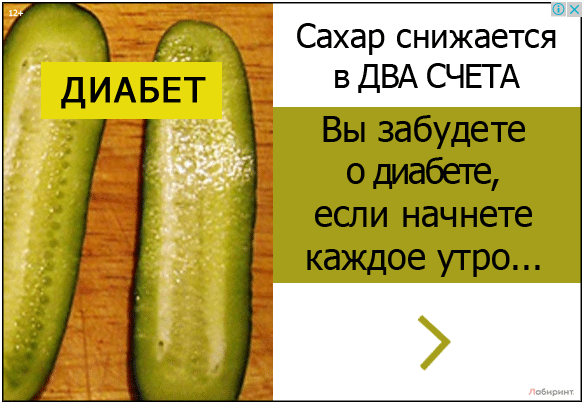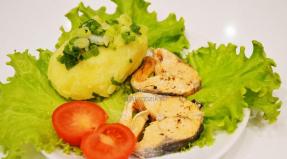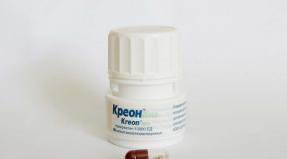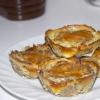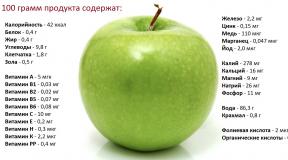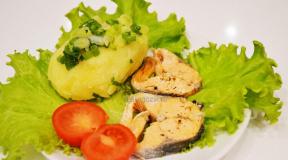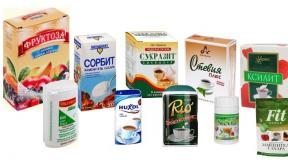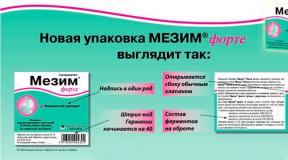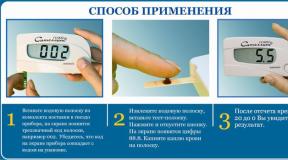Buckwheat for diabetes: properties, treatment and recipes
Buckwheat is considered one of the most useful and dietary cereals. Unlike others (semolina, millet, etc.), it has an average glycemic index, contains a relatively high amount of protein and fiber, and therefore is often used for weight loss.
Buckwheat contains healthy vegetable protein, a sufficient amount of B vitamins, which help calm the nervous system and cope with stress, insomnia.
The composition and properties of buckwheat:
- The glycemic index (GI) is 55.
- The calorie content of 100 grams of cereal is 345 kcal.
- Carbohydrates per 100 g contains about 62-68 grams.
- Fat - 3.3 gr. (2.5 g of which are polyunsaturated).
- Iron in buckwheat is 6.7 mg per 100 g.
- Potassium - 380 mg (normalizes blood pressure).
Buckwheat is rich in minerals (for cereals), the most important of which are iodine, phosphorus, copper, iron, etc. The content of vitamins and minerals in buckwheat is about 2 times higher than in other popular cereals.
Is it possible to have buckwheat with diabetes?
With diabetes, even such valuable and healthy foods must be consumed wisely. Like any other cereal, buckwheat contains a lot of carbohydrates (complex), which must be taken into account when making up your daily diet.
Buckwheat for diabetics is a "shield and sword" in one bottle. It includes a lot of starch, which turns into glucose and raises blood sugar. But Canadian scientists found in this cereal the substance chiro-inositol, which lowers the amount of sugar.
Buckwheat is useful for diabetes in that it is able to remove bad cholesterol from the body, reducing the patient's risk of heart problems and the development of sclerosis.
Rutin, found in croup, has a positive effect on blood vessels, strengthens their walls and improves blood circulation.
You can treat diabetes with buckwheat with kefir on the advice of traditional medicine.
Recipe one:
- Take 1 tablespoon of ground buckwheat.
- Pour 200 ml of kefir or yogurt 1% fat.
- Infuse for at least 10 hours (put overnight).
- Drink infusion in 2 divided doses - in the morning and in the evening.
Recipe two:
- We take 30 grams of buckwheat (chopped).
- Pour 300 g of cold water.
- We insist 3-3.5 hours.
- Boil for 2 hours for a couple, filter.
- Drink the remaining liquid 50-100 ml 3 times a day before meals.
The combination of buckwheat and kefir has long been used in dietetics for rapid weight loss. There is even such a diet in which during the day it is allowed to eat only fresh steamed buckwheat and drink fat-free kefir (the duration of such a diet cannot exceed 1-2 weeks).
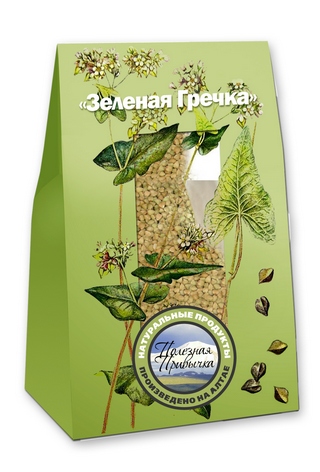
Buckwheat is a herb, not a grain, gluten free and great for people who have gastrointestinal problems. Buckwheat flour is dark in color and is made from buckwheat seeds. It is used for making pasta.
Buckwheat pasta is characterized by a high content of vegetable protein and B vitamins; in the diet of diabetics, they can be an excellent substitute for regular noodles and pasta.
Soba noodles are made from buckwheat, have a nutty flavor, and are very popular in Japanese cuisine. It can be made at home, if there is a main ingredient - buckwheat flour. Soba contains almost 10 times more valuable amino acids than bread and plain pasta, and it also contains thiamine, riboflamin, flavonoids and many other useful elements. 100 grams of the product contains about 335 kcal.
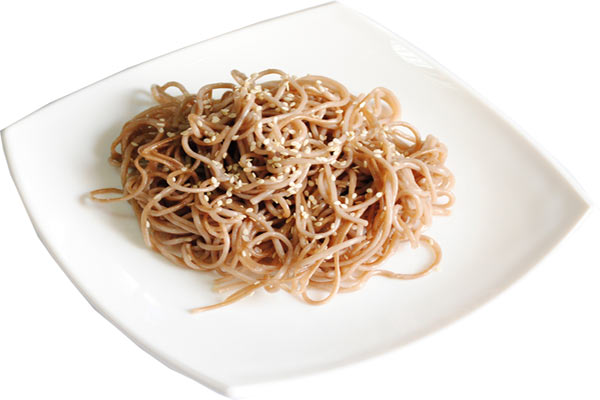
You can get buckwheat flour from ordinary buckwheat - grind the groats in a coffee grinder or food processor and sift from large particles.
Recipe for buckwheat noodles:
- We take 500 grams of buckwheat flour, mix with 200 grams of wheat.
- Pour half a glass of hot water into the flour, knead the dough.
- Add half a glass of water and continue to knead until smooth.
- We roll koloboks out of it and let it stand for half an hour.
- We roll out thin layers of dough balls, sprinkle flour on top.
- Fold the layers on top of each other and cut into strips (noodles).
Making homemade buckwheat noodles requires patience and strength, since the dough is difficult to knead - it turns out crumbly and steep.
It’s easier to buy ready-made soba in the store - now it is sold in many large mini- and supermarkets.
Green buckwheat is called uncooked buckwheat, which is popular in Chinese cuisine. In this form, buckwheat retains more vitamins and minerals. The product can be consumed dry and after soaking. Green buckwheat does not require thermal preparation - it is poured with cool water for 1-2 hours, then washed, drained and allowed to brew for 10-12 hours. In this form, it can be eaten like porridge.
Green buckwheat contains complex carbohydrates, 3-5 times more minerals and 2 times more fiber than other cereals.
Properties of green buckwheat: 
- Strengthens blood vessels due to the high content of rutin.
- Cleanses the intestines and liver.
- Reduces the risk of pancreatic diseases.
- Removes toxins from the body.
- Normalizes metabolism.
- Helps to deal with constipation.
- Increases potency.
Unroasted buckwheat for type 2 diabetes can be an excellent substitute for other cereals. However, its excessive use can harm the patient's body.
If it is improperly prepared, mucus can form, which often causes indigestion. Therefore, it is important to drain the water after insisting green buckwheat and rinse it.
Contraindications: cereals should not be used by people with increased blood clotting, as well as young children and those who have serious problems with the spleen.
